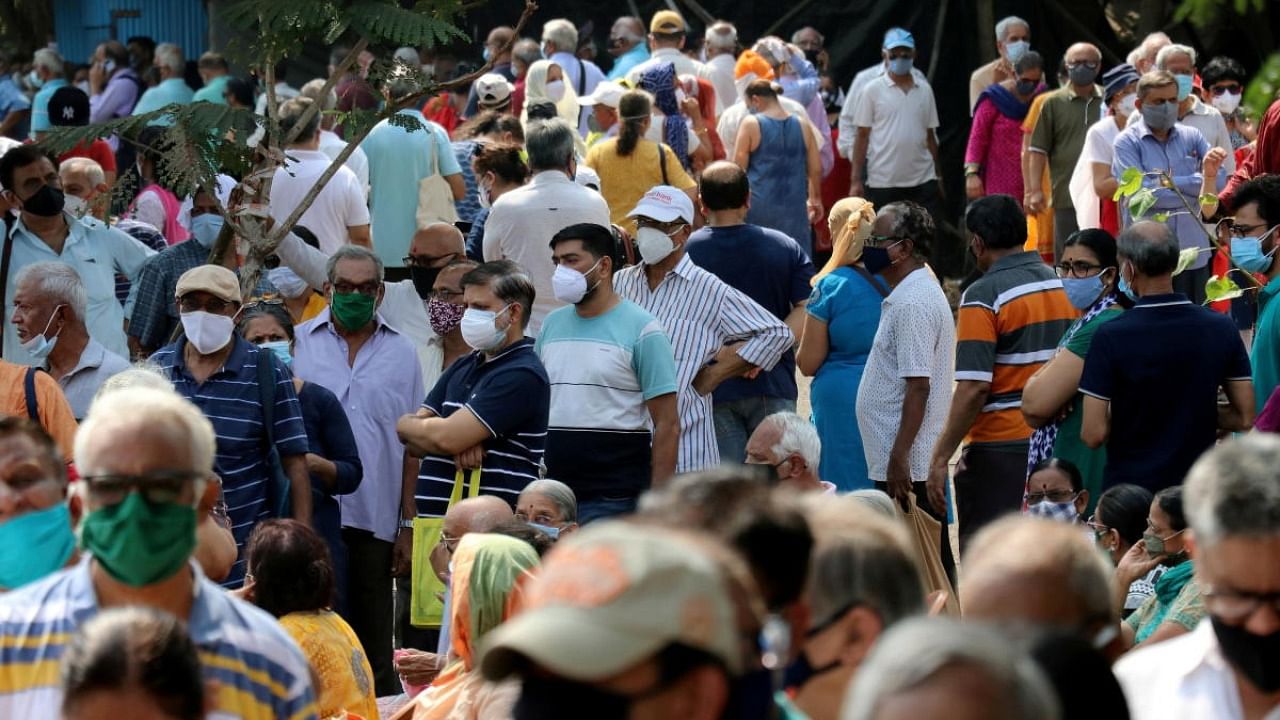
India would be able to achieve "herd immunity" from the sweeping Covid-19 pandemic by October 2021 only if it is able to scale up the vaccination drive in the coming months, according to a report prepared by the State Bank of India.
So far, the country has given 160.5 million doses of vaccine with around 131 million taken one dose and 31.5 million fully vaccinated taking both doses.
The percentage of people who have taken double dose to total vaccination doses is now around 19.5 per cent.
However, the daily vaccine doses given are now at an average of 17 lakhs per day compared to an average of 28 lakhs per day in April.
“Given this trend, we believe India can only be able to vaccinate 15 per cent of the population by October 2021 (which is required for herd immunity given the other countries’ trend) but only if we are able to vaccinate around 55 lakhs daily in September and October,” said the Ecowrap report of the SBI.
The research report from the SBI’s Economic Research Department – “Economic disruptions gain momentum as cases surge: Opportunity for administrative reforms?” has been authored by Dr Soumya Kanti Ghosh, Group Chief Economic Adviser, SBI.
“Given that vaccination could be the only driver as of now to contain the disease, we did a disaggregated analysis to estimate the ideal share of each State in total vaccines based on distribution parameters including population above 18 years, total deaths, Covid-19 cases and deaths in States and juxtaposed it with the vaccine distribution,” he said.
The results show that Maharashtra, Uttar Pradesh, Delhi and Chhattisgarh might have received lower vaccine doses than they require whereas states like Rajasthan, Kerala, West Bengal and Gujarat have received more.
“Thus such states with a lower share have to procure a large number of vaccines in future from the manufacturers to fill the gap. However, we also need to understand that there will be always a gap in ex-ante and ex-post vaccine distribution given the spread of Covid-19 has been almost difficult to predict,” the report states.